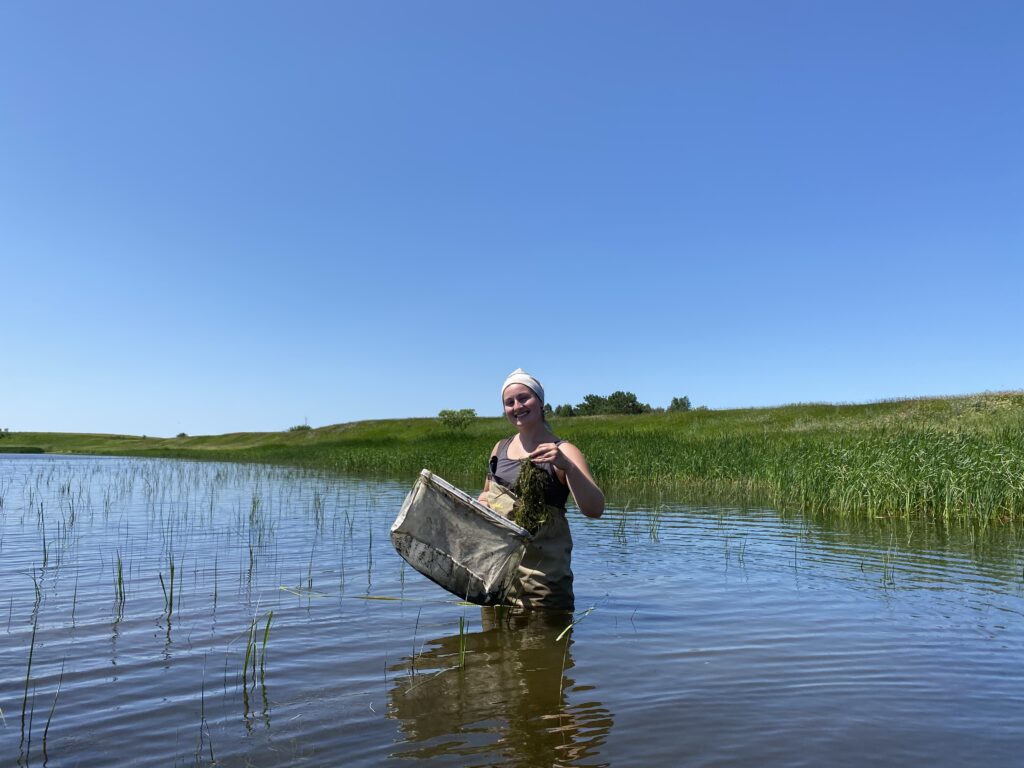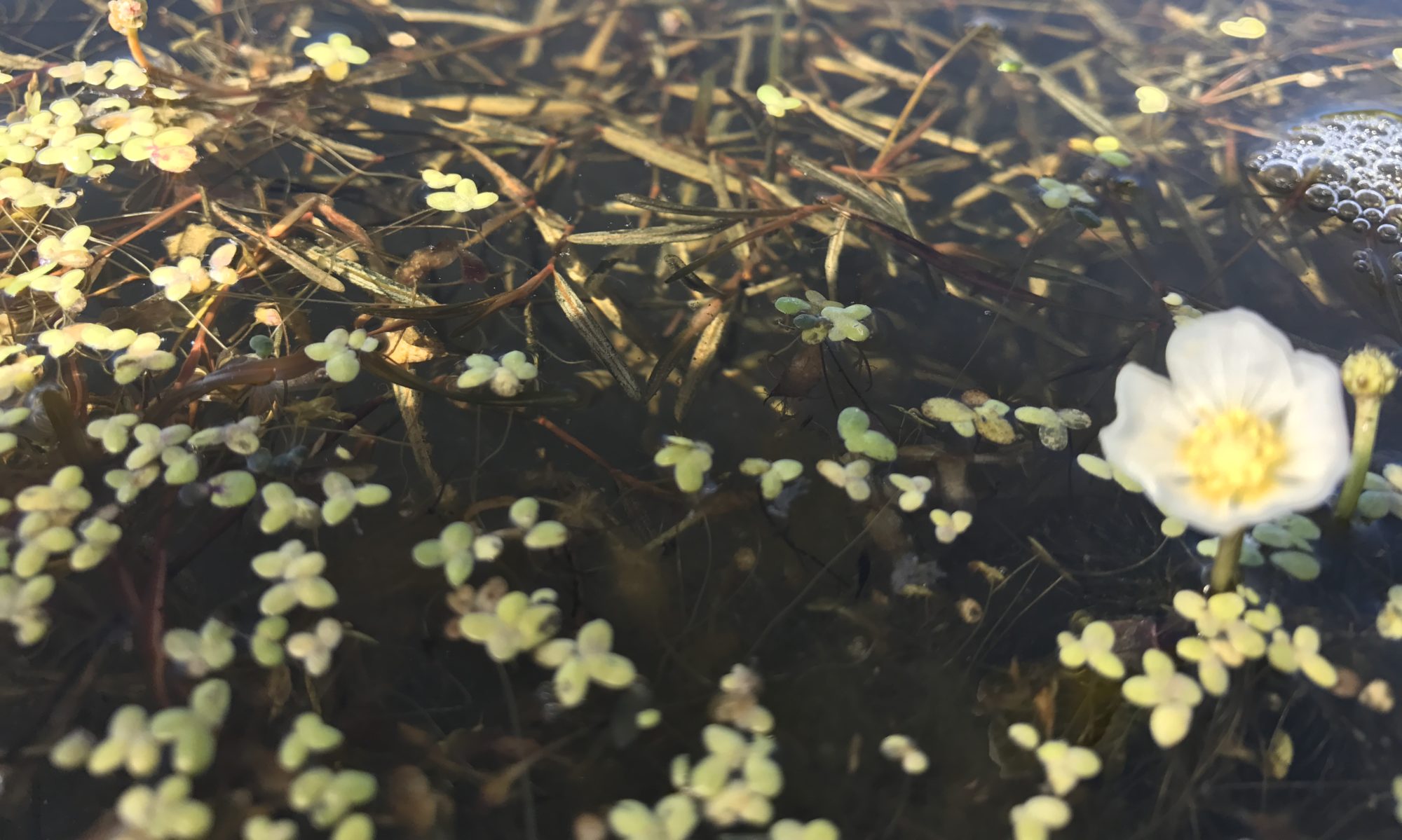Examining the impacts of spongy moth (Lymantria dispar dispar) outbreaks on forest vernal pond ecosystems (Funding: USDA, NIFA – McIntire-Stennis)
Spongy Moth are an insect species invasive to North America and are one of the most destructive forest pests in the eastern United States. Outbreaks of spongy moths can result in extensive defoliation and cost billions of dollars annually. While it is well recognized that infestations can have large ecological impacts on forest trees and the surrounding wildlife species that are reliant on forests, a potential overlooked, but critical habitat that spongy moths may also have a significant impact on are vernal forest pools. Vernal pools are small, shallow, seasonal waterbodies that are critically important for many amphibian and invertebrate species and provide important ecological services, including groundwater recharge and buffering against floods. The goal of this proposal is to improve our understanding of how past spongy moth outbreaks may have impacted vernal pool ecosystems.
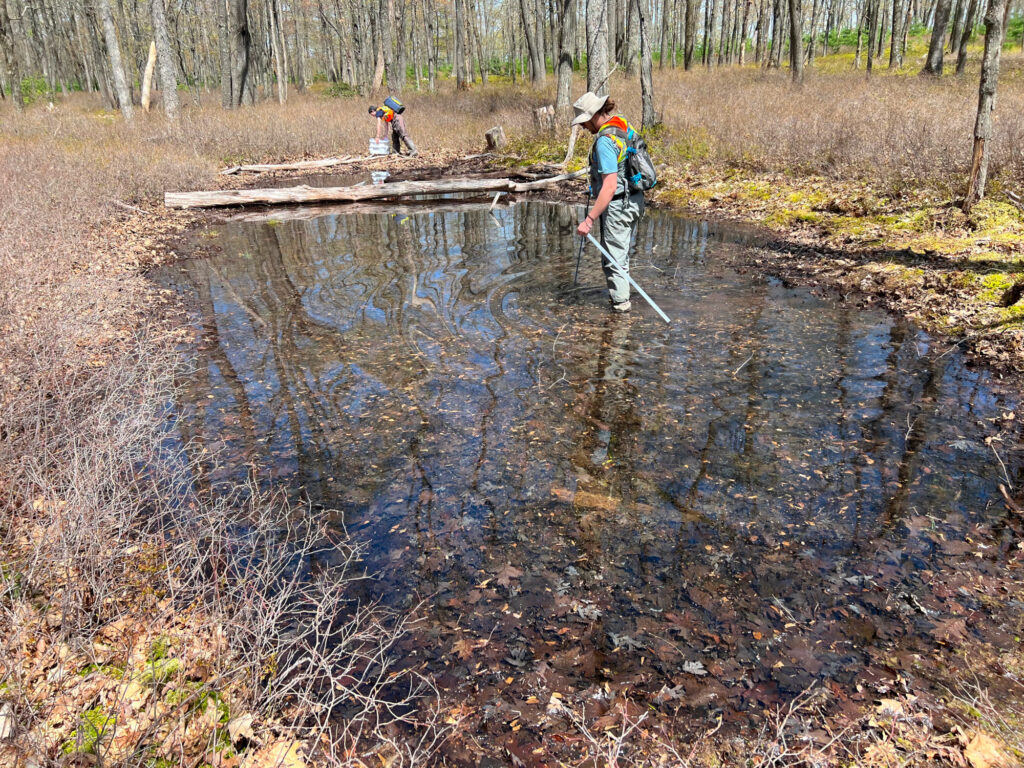
Evaluating Past Climate Change Effects on Prairie Pothole Wetland Ecosystems at the Cottonwood Lakes Study Area, North Dakota (Funding USGS, Collaborators: Dave Mushet, Sheel Bansal, Kyle McLean)
Climate in the Prairie Pothole Region of North America is highly variable, with multiyear periods of drought and periods of excess precipitation occurring frequently in the past. In collaboration with colleagues at the USGS, we are examining impacts of past climate change on wetlands in the Cottonwood Lake Study Area, a wetland complex with a long history of ecohydrological research. (see more on the site at The Missouri Coteau Wetland Ecosystem Observatory: A USGS Geo-narrative.
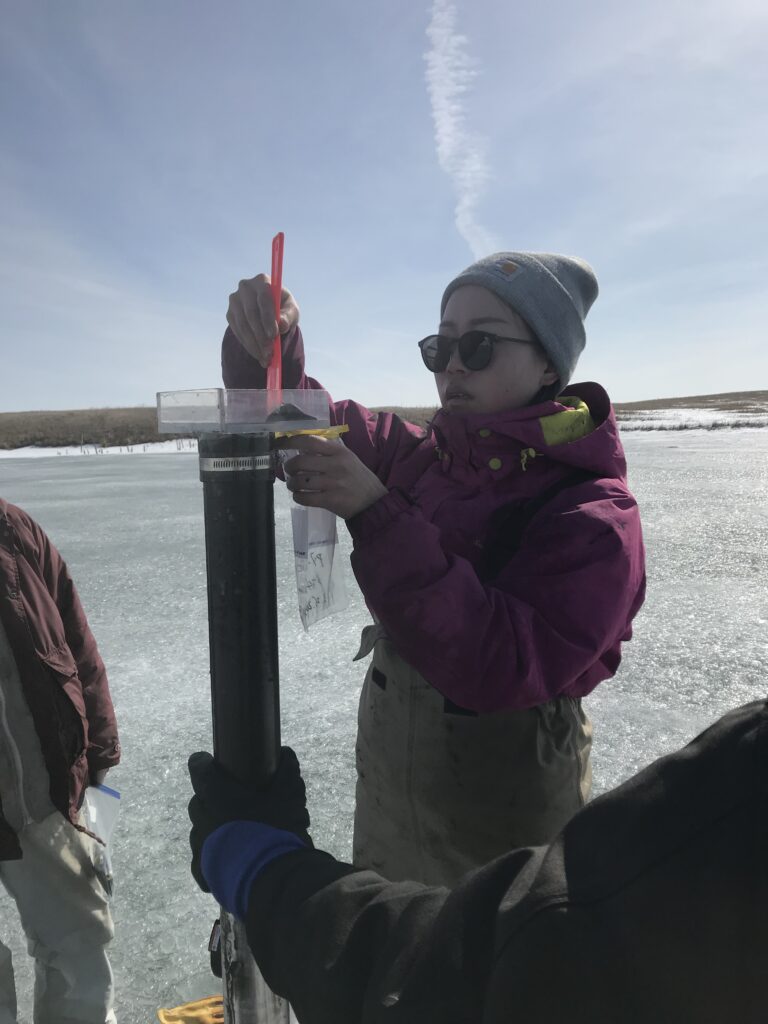
Understanding the impacts of pesticides on freshwater ecosystems (Funding ND EPSCoR, NDSU)
Our lab is interested in understanding how stressors including inputs from agrochemicals can impact aquatic ecosystems. Previous work in the lab has examined potential impacts of neonicotinoid insecticides on insect emergence (Williams & Sweetman, 2019, 2018). Most of our recent work is examining potential impacts of glyphosate, which is the most widespread herbicide in the United States and globally.
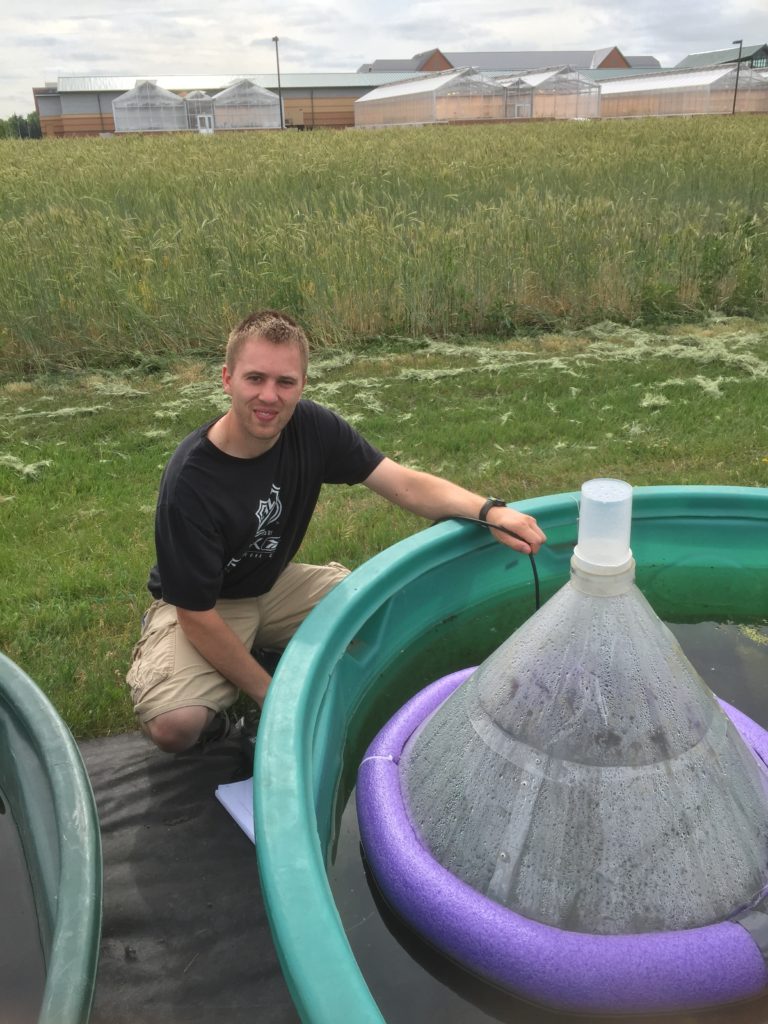
Assessment of Ecosystem Services of Restored Prairie Wetlands as a Function of Time Since Restoration (Funding: EPA, Collaborators: Marinus Otte)
Wetland restoration plays a pivotal role in the conservation and management of ecosystems, yet little is known about the success of restoration. In collaboration with colleagues from the Otte Lab, we are examining wetlands restored at different times in the past to see how long since restoration do ecosystem services return to be similar to native undisturbed sites.
